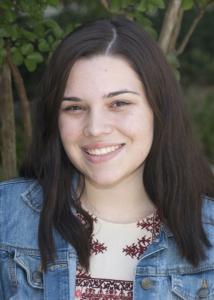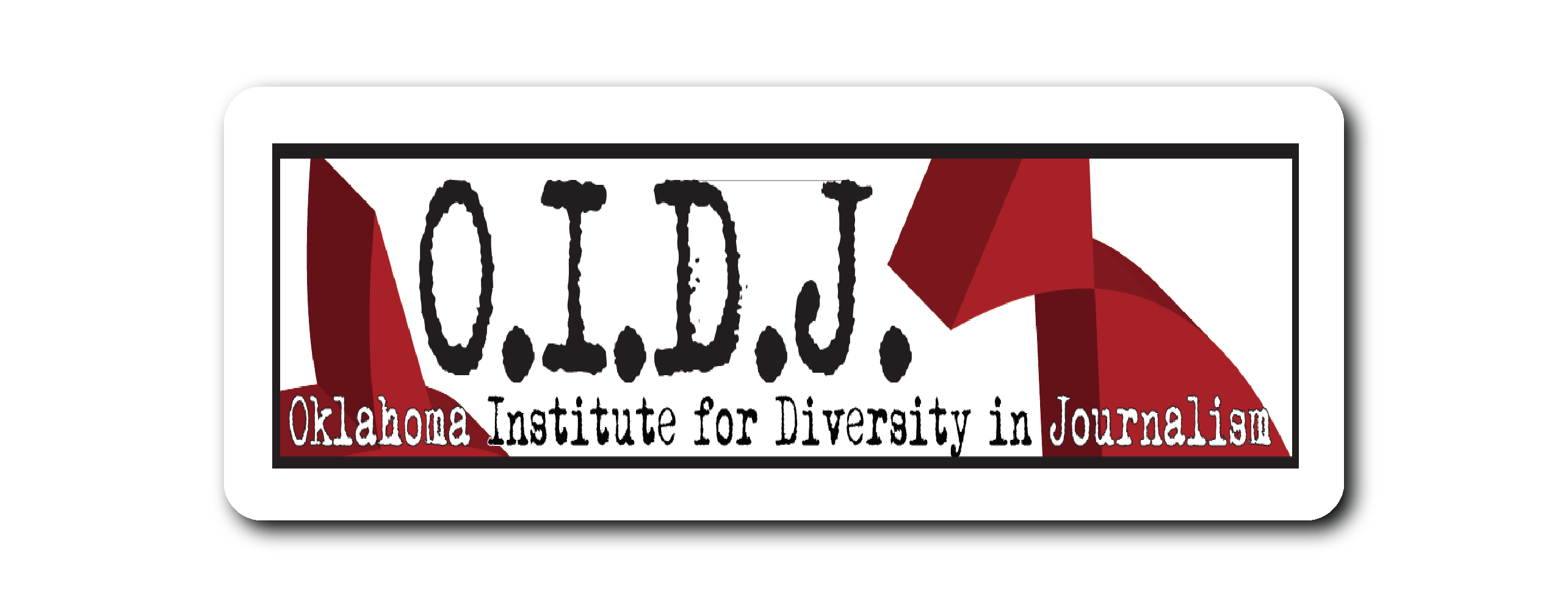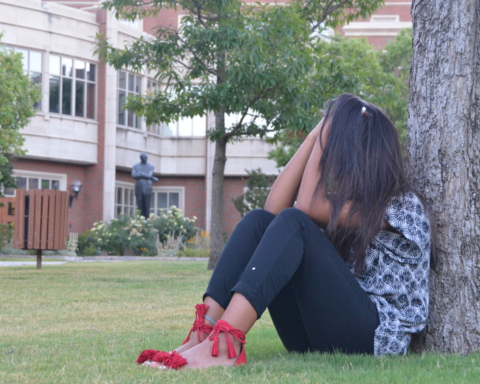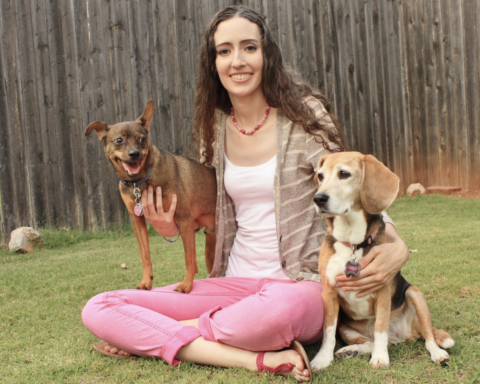By Chloe Dean
I had never realized just how complicated and fragile my identity was until early this year.
I am Native American, but if you walked passed me on the street you would think I was a white woman. Racial tensions are prevalent in so many lives, but they are also raging within myself. I have always been white passing and I recognize this is a privilege at times, but it is also a challenge. Being a white-passing minority shifts the outside world’s paradigm on how I should identify, but mostly it affects how I view myself.
In President Trump’s America, race is hardly ever a discussion not on the table, but on Feb. 9 he directed a stab at presidential candidate Elizabeth Warren on Twitter. Specifically, he jabbed at her calling herself Native American and — aside from how people may feel about the issues with her enrollment status — included a punch line that cheapens the atrocity of the Native American genocide that was the Trail of Tears.

He Tweeted: “Today Elizabeth Warren, sometimes referred to by me as Pocahontas, joined the race for President. Will she run as our first Native American presidential candidate, or has she decided that after 32 years, this is not playing so well anymore? See you on the campaign TRAIL, Liz!” – @realDonaldTrump
Thousands of retweets and comments later, I stepped to the front of my AP Government class in Broken Arrow, Oklahoma, for an activity called “Hero Hack,” in which students point out a positive political happening of the week and then, of course, a negative.
As I stood confidently in front of the room explaining that making fun of the Native American genocide was neither appropriate nor funny, I was met with laughter and “banter” from another student. He joked and hollered as the rest of the class sat quietly, staring. His friends chuckled in effort to make him more comfortable.
After all, a joke is a joke, even if he was the only person is laughing.
Suddenly I became labeled “the next Elizabeth Warren.” Silently, it gutted me. I wasn’t even able to call out racism when I witnessed it because it seemed like nobody cared due to my fair skin.
This isn’t the only time I had experienced “playful banter” when it came to my Native American identity.
People would joke that my people rode buffalo and lived in teepees, and I would think nothing of it. But, as I got older, so did the jokes. After one too many about how we all have diabetes and run casinos, I turned angry. Finally, when the genocide of my ancestors became a trope rather than a tragedy, I realized that racism and stereotypes had also altered my view of tribal communities.
In fact, I often find that I feel uncomfortable calling out racism because I am white passing.
When I tell people that I am Native American, I have often been told I wasn’t a “real Native American” because I look white. I am a citizen of the Cherokee Nation, born in the Indian Hospital in Claremore, but my father is white. In middle school, I started showing other students pictures of myself from the summer to show that I was “really” Cherokee, but sometime during my freshman year of high school, I gave up.
I stopped feeling entitled to my culture.
I don’t remember the exact moment was, or why I really decided to stop saying I was Cherokee, but around that time, I started just calling myself white. Using the excuse that I looked white became a sufficient way to mask that I did not want to be Cherokee anymore. I suppressed myself. I was never white enough to not get asked the occasional “What are you?”, but I was definitely not “Cherokee enough” either.
And honestly, I often asked myself “Why would I be entitled to a culture that I ignored?” I knew how to make fry bread, that’s it. I went to one small powwow, and I knew what stickball was, but in no way, was I a real Native American.
I was an advanced student who took a plethora of AP history courses and they all taught me about the culture of the people we were studying. In world history, we learned about Sanskrit, oracle bones and terracotta warriors. In east Asian studies, we studied the developments of language, foot binding and silk. We studied the Renaissance in European history. We even learned of art works in American history like “Manifest Destiny” and “Washington Crossing the Delaware.” But when it comes to Oklahoma history, we do not learn Native American culture. We are taught that the Native American’s walked the Trail of Tears and that many died or settled into reservations.
The end.
Of the story.
Of the discussion.
Of the cultures.
Of the race.
Except it wasn’t the end.
Native tribes lived on, and so did our culture, but we aren’t taught to believe so. Because we are failed in our classrooms, we often feel as if we are failing ourselves. We are left feeling like a dying culture. We don’t speak our native languages. It isn’t even an option in most high schools.
Until I was embarrassed in front of my entire class, I was sheepishly waiting for someone to tell me about my culture. But when Trump made that tweet and I saw that students were comfortable being openly racist, I knew it was time for a change.
I love my culture now, but I also struggle. I haven’t always been the best representation of what a Native American is. I have a shallow understanding of my culture and a deep-rooted self-doubt when it comes to reaching out to learn about myself. But I am a work-in-progress.
I look white, I live white, but I am a Native American. And while it may have been hard for me to reach out and learn about myself and my people, I finally did.
After my government class fiasco, I reached out to the Native American Student Association (NASA). I decided that it was time to immerse myself in Native American culture. Through NASA, I learned about beaded art work and traditions, looked into tribal colleges and attended a Native American Caucus meeting at the Oklahoma State Capitol.
I was then selected to attend the Native American Symposium. The symposium allowed me to meet with members of the government and religious communities who were also Native American, and I was really learning how to be a Native American advocate. It should have been a break through, but I still felt out of place.
Seeing other Native Americans who were extremely involved with their culture intimidated me to the point I felt as if I didn’t even belong in the room.
I reached out in many aspects to find out how I could truly find myself in the Native American community, but it is not easy. I didn’t expect it to be, but some days I still just truly feel that I do not deserve my culture.
This is a battle of a lifetime, and it will continue, so I will too. Race is an individualized experience for every person. It took me 18 years to realize this, but even as I struggle to understand myself, I know it is important to understand my traditions and my culture.
My story is one of many failures. I fail to be the version of myself I strive to be at times. My school and most schools fail to teach about my culture. My peers sometimes fail to respect tragedy. And my president fails to stop being racist on Twitter.
But it is also a success, through programs like NASA and even smaller organizations, it is possible for people like me to reach out and find a place.
I am not white. I am not the next Elizabeth Warren. And you can’t define what a “real” Native is. It took me a long time to realize it, but I am a real Native American woman.



